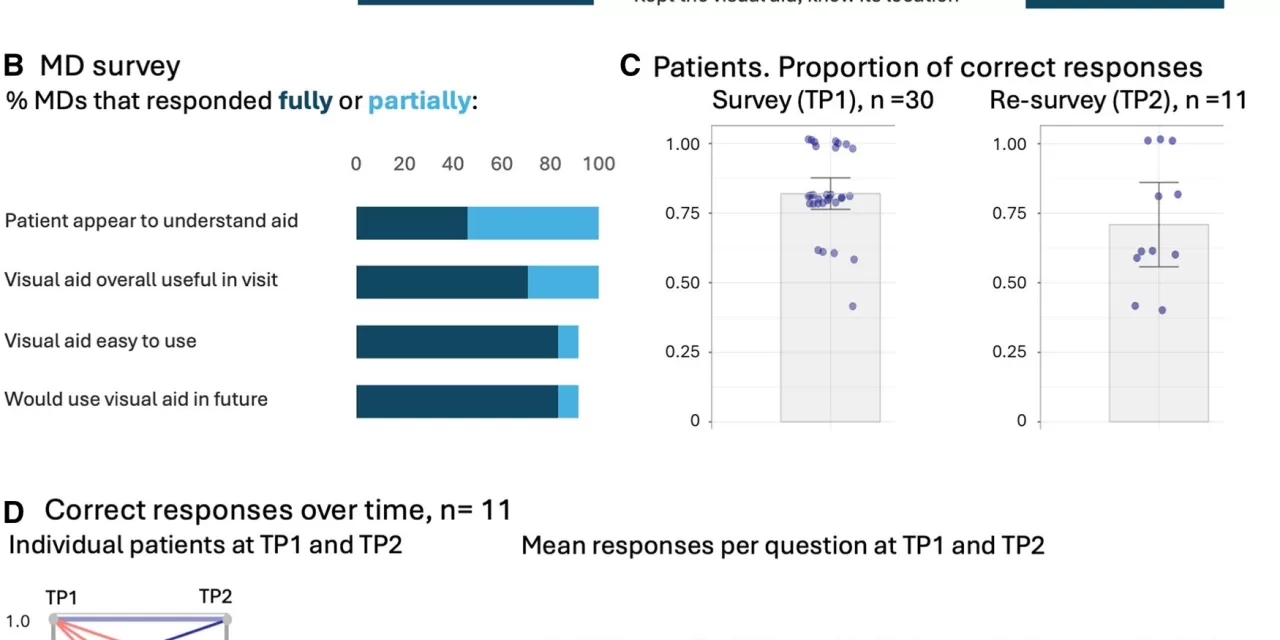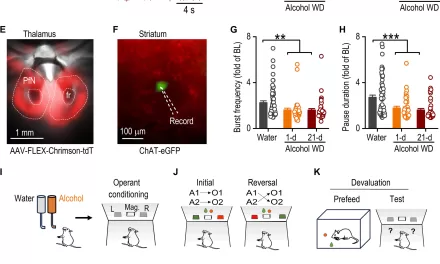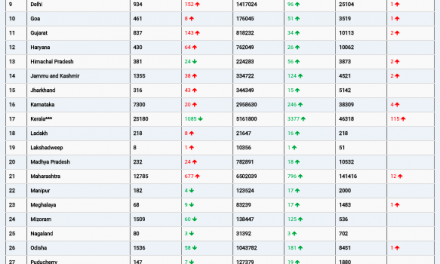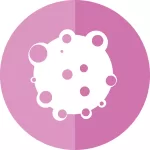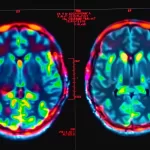Dresden, Germany – In an effort to improve communication between doctors and patients, researchers at the National Center for Tumor Diseases (NCT/UCC) Dresden and the Faculty of Psychology at TUD Dresden University of Technology have developed innovative visual aids to help patients better understand their cancer treatment plans.
While treatments and prognoses for many types of cancer are steadily improving, the diagnosis itself can often place patients in a highly stressful and complex situation. Many patients, especially older adults or non-native speakers, struggle to fully understand their proposed treatments and make informed decisions. Traditional, text-heavy explanations of treatment methods and timelines are frequently difficult to comprehend, leading to communication breakdowns between medical staff and patients.
Dr. Helena Jambor from NCT/UCC Dresden, Prof. Martin Bornhäuser, Director of the University Cancer Center (UCC), and Prof. Sebastian Pannasch, an engineering psychologist at TUD Dresden University of Technology, recognized this challenge and collaborated to develop more accessible and understandable visual aids. Their work aimed to make treatment plans more intuitive by representing them as timelines with clear pictograms.
The study, conducted with the Patient Advisory Board of the NCT/UCC Dresden, demonstrated that these visual aids significantly improved patient comprehension, safety, and overall satisfaction with the treatment process. Medical staff also reported a noticeable improvement in patient understanding and communication.
Dr. Jambor explained, “In clinical trials, patients showed that they were able to grasp the treatment plans much more effectively. Their satisfaction increased significantly, and this was confirmed by the doctors who cared for them.”
Prof. Bornhäuser emphasized the importance of this research, stating, “Visual aids have immense potential in medical communication, particularly when dealing with complicated treatment protocols. Simplifying complex information into visual formats can bring clarity to clinical procedures and significantly enhance patient care.”
This study, published in the Journal of the American Medical Informatics Association, highlights the growing role of visual tools in medical settings. Prof. Esther Troost, Dean of the Dresden Faculty of Medicine, noted, “This development will empower patients to better understand complex treatment processes and know who to turn to in case of side effects.”
Prof. Uwe Platzbecker, Medical Director of Dresden University Hospital, added, “The NCT/UCC is one of the leading centers for cutting-edge cancer therapies, and with the introduction of these visual aids, we can offer even clearer and safer care to our patients.”
For more information, refer to the research article: Helena Klara Jambor et al, Communicating cancer treatment with pictogram-based timeline visualizations, Journal of the American Medical Informatics Association (2025). DOI: 10.1093/jamia/ocae319.
Disclaimer: The visual aids described in this study are intended to enhance communication and understanding of cancer treatment plans. They are not a substitute for medical advice or consultation with a healthcare professional. Always consult with your doctor or healthcare provider for specific guidance regarding your treatment options.

